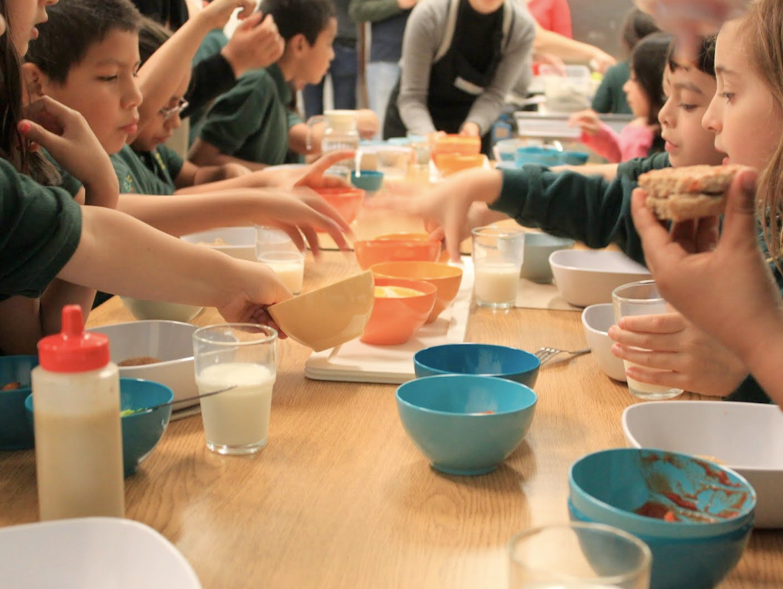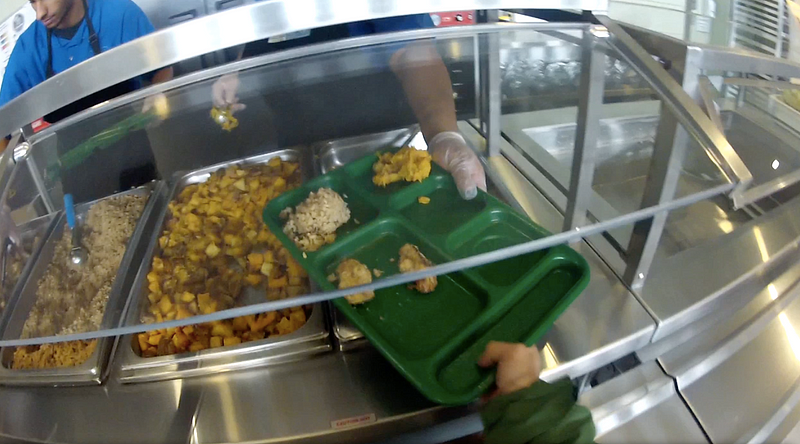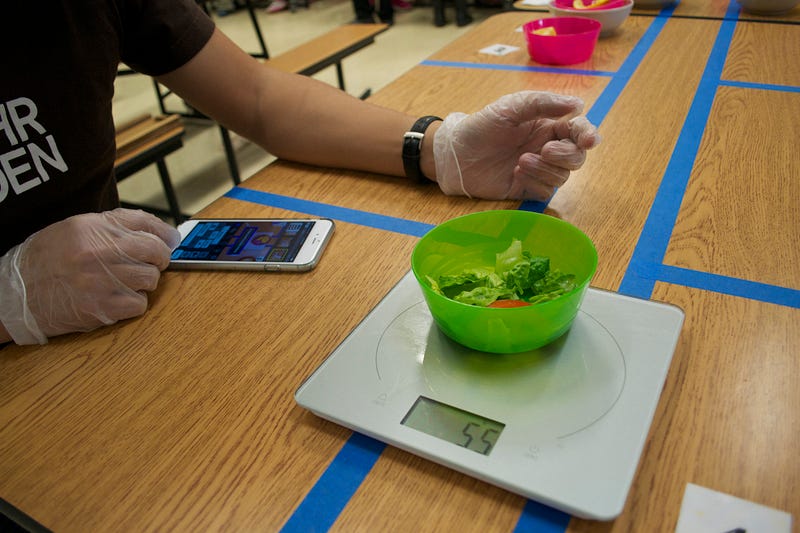Guest Post: Designer in a lab coat
Editor's Note: This guest post was written by Greater Good Studio, a human-centered design firm focused on social impact on how human-centered design tools can really change the impact nonprofits and grantmakers have in the world. This post was originally published on Greater Good Studio's Medium blog.

As designers, though, we approach problems a bit differently than our clients do. We often have to start by explaining what “human-centered design” means.
Human-centered design isn’t necessarily about making things pretty, or creating a deliverable, like a website.
More than anything, it’s a process.
It involves sorting through the ambiguous to discover the unknown. While our projects always begin with an informed direction, the end goal may start out vague or unclear. Through our research, we allow the appropriate solutions to reveal themselves along the way.
This way of operating can feel rather unfamiliar to many of the people we work with. Policymakers, for example, are often informed by clearly-directed scientific studies, especially when it comes to things like public health or nutrition. These studies utilize a method of discovery entirely different from that of design.
So when human-centered design and policymaking come together, it can create some misunderstandings. Working through it, though, can lead to extraordinary results.
Two ways of thinking
The differences between design thinking and scientific inquiry became exceptionally clear to me during one of our recent projects. We’d conducted human-centered research and design to rethink a school cafeteria system, hoping to encourage healthier eating habits amongst public schoolchildren.
We’d spent weeks working with the School of the Art Institute and the Academy for Global Citizenship to research and prototype different cafeteria systems — and we’d found some pretty cool insights! (More on those in a minute.)

After our work finished up, we were excited to share it, and I took on the task of crafting an academic research paper. We wanted to introduce policy officials to the impact of human-centered design in public health interventions.
My background is in the sciences, so writing a scientific report sounded like a piece of cake. But as I began writing, I found that the rigid structure of a scientific paper (and by extension, scientific thinking itself) felt at odds with the approach of human-centered design.
Where science wins
Science is great at clarifying relationships. Scientific inquiry focuses on a specific correlation between two things (like: a healthy diet and high test scores). As a researcher, you develop a clear prediction from the start about this correlation, and you study it in a controlled environment that minimizes outside influence.
This yields great things: Thanks to nutritional science, we have a very good idea of the types of foods that make up a healthy diet. Thanks to cognitive science, we now know which types of learning promote proper brain development in young children. By clarifying correlations, science can show us what might be impactful.
But science explores these cause-and-effect relationships in isolation, operating within a heavily controlled environment.
The power of design
Unlike a lab, the real world is difficult to control. Things get messy, and outside influences are hard to avoid. For instance, multiple studies have shown that simply replacing poor cafeteria food with healthier options doesn’t mean that kids will eat better. In fact, they might not eat the food at all. That’s what we saw (and heard, over and over) as we started our own research into cafeteria food: kids just aren’t eating the healthy stuff.
We knew there must be an underlying reason, or reasons.
But what were they?
Design is great at answering questions like this because it thrives in real world conditions. At Greater Good Studio, we work at the level of the human. Rather than looking broadly across all users, we zoom in on extreme cases. Where are people experiencing the biggest challenges, and where are the bright spots?
We don’t always have impressive sample sizes, but by starting off with open minds and exploring these extreme cases in depth, we identify hidden obstacles and potential solutions.
We become deeply concerned with people’s’ emotions, perceptions, motivations, and subjective experience. While scientists are taught to be skeptical of emotional or perceptual bias, it’s important to recognize that these factors have great influence on how people make choices.
Designing a lunch experiment
So, to learn more about kids’ eating habits in our own cafeteria study, we explored the cafeteria experience in a number of different ways. Beyond just interviewing students, parents, lunch staff, and other school officials, we used cameras to get various perspectives of the lunch room. That meant collecting aerial footage from the ceiling (to observe cafeteria traffic flow), and even mounting Go-Pro cameras to kids’ heads, to understand what it’s like to be three feet tall.
One finding: The world is not made for small people!

We soon learned that the current lunch line felt rushed, and it gave kids barely any time to look over or contemplate their food choices. Students had little opportunity to practice making healthy food choices for themselves. Plus, the classic tray-serving method wasn’t ideal for making new options seem enticing.
We devised a lunch system that served each dish right to the students’ tables in separate courses, so that salad appeared right in front of kids instead of lurking on a hard-to-see serving line. This gave kids more time to sample options and think about their food choices. After a week of the new system, we measured and analyzed food consumption again.

What we found was pretty exciting: With our new system in place, kids were eating more veggies than they ever had before!
When science + design collide
We couldn’t wait to share these findings with public health officials, but as I said before, doing so proved more difficult than we thought. Scientific communication is extremely objective. Figuring out how to convey our empathy-driven, human-centered approach led to a lot of blank screen staring.
Scientific inquiry is predictive and controlled; valuing quantitative data, large sample sizes, and above all, an objective approach. Human-centered design, on the other hand, begins open and ambiguous, finding insight in people’s perceptions and emotions.
Scientific findings are meant to be repeatable — one reason why they’re favored by policy officials. Design, though, is personalized to the communities in focus. Different populations might require different solutions. What’s important in design is repeating the process, not the outcome.
In the end, though, the best solutions come from understanding the ways science and design can work together. While science can tell us what might make a difference in people’s lives, that’s only part of the story. Just as we found out in our cafeteria study, giving kids healthy food simply isn’t enough.
By exploring the other factors at play, human-centered design showed us howto make an impact. Many health officials are beginning to recognize this, and are now calling for a more holistic approach to policy that takes into consideration things like cafeteria layout and food presentation.
All of us, policymakers included, should strive to embrace the value of design in conjunction with more traditional forms of insight. A cross-disciplinary approach celebrates diverse modes of discovery — so that we can make a bigger impact on the issues that matter most.
– Greater Good Studio
This post was originally published on Greater Good Studio's Medium blog.

